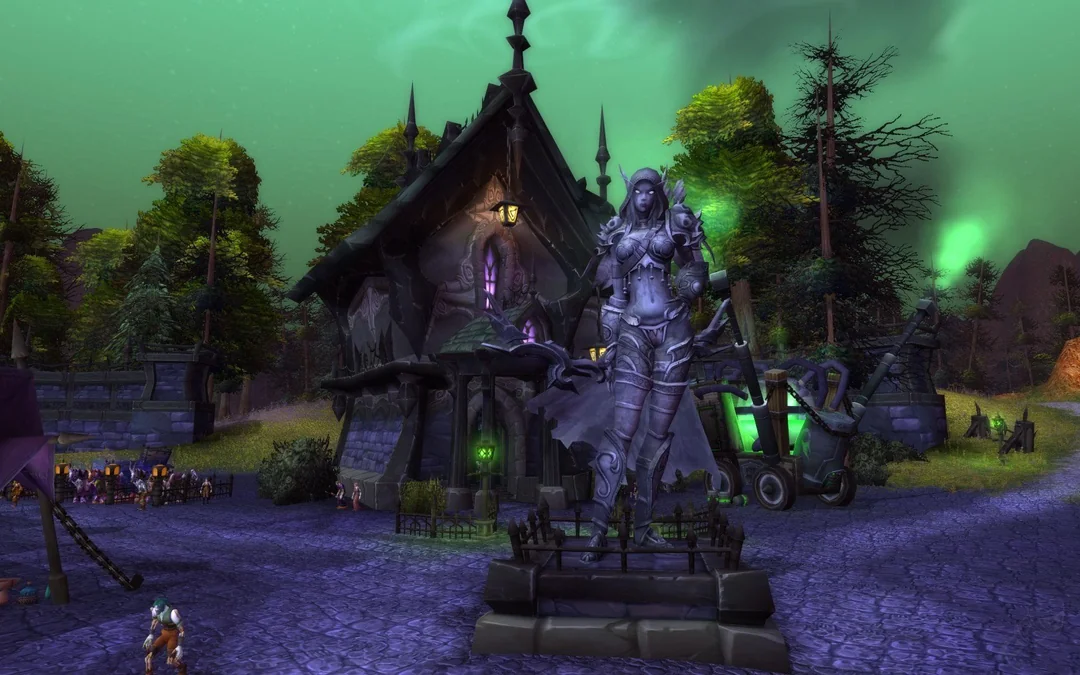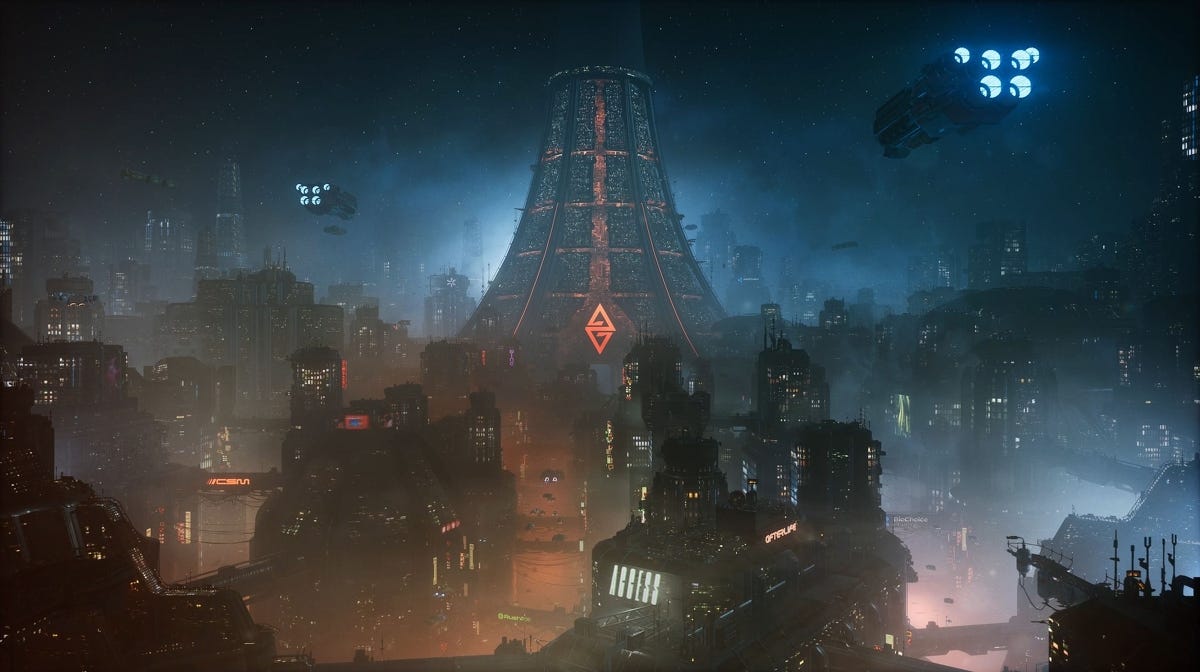It’s been a couple months since the last time I tapped out one of these. In the interim, I’ve been writing in other places, although not as often as I could’ve been there, either. I’ve also been working on the […]
Read More
Category: Genre
The concept of oligarchy
The third level is the one that fits most neatly into the old school cyberpunk vision that drove a lot of the Dystopia setting. It’s very high-tech. It has a lot of cyberized-type characters and it contains that “corporations as […]
Read More
Edge of the known world
Dystopia was originally envisioned as a multi-genre project. Early in the lifetime of Fifth Panel, we didn’t have a ton of variety in our genres (e.g. it was still mainly superheroes), but there were at least some variations in approach, […]
Read More
















